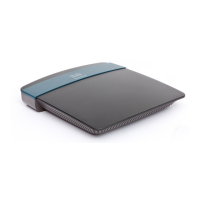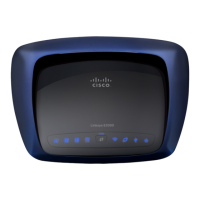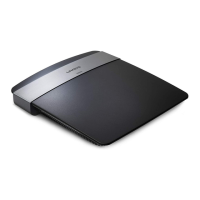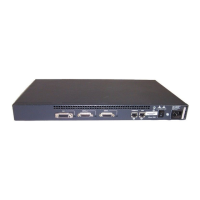1-4 Cisco 4000 Series Hardware Installation and Maintenance
Memory Systems
Memory Systems
The Cisco 4000 series memory systems (see Figure 1-2) have the following functions:
• Main memory—Stores the running configuration and routing tables. The
Cisco Internetwork Operating System (Cisco IOS) software executes from main memory.
• Shared memory—Used for packet buffering by the router’s network interfaces.
• Nonvolatile memory—Stores the system configuration file and the virtual configuration register.
• Flash memory—Stores the operating system software image. In the Cisco 4500-M, the Flash
memory also stores the boot helper software.
• EPROM-based memory—In the Cisco 4000-M, EPROM-based memory stores the boot
helper—a subset of the Cisco IOS software—and the ROM monitor. In the Cisco 4500-M and
Cisco 4700, only the ROM monitor is EPROM-based. The boot helper image allows you to boot
the router when Flash memory does not contain a valid system image. In the Cisco 4500-M, the
ROM monitor allows you to boot a system image from Flash memory if a boot helper image is
not present in boot Flash memory.
The boot helper prompt is as follows:
router(boot)>
The ROM monitor prompt for the Cisco 4000-M is the greater than sign:
>
The Cisco 4500-M and Cisco 4700 ROM monitor prompt is as follows:
rommon 1 >
(See the appendix “Cisco 4000 Series Virtual Configuration Register,” the appendix
“Cisco 4000-M ROM Monitor,” and the appendix “Cisco 4500-M and Cisco 4700
ROM Monitor.”)
Figure 1-2 Cisco 4000 Series Memory Systems and Software Images
Cisco 4000 and Cisco 4000-M
EPROM-based Flash-memory based
Boot helper
(xboot)
ROM monitor
Cisco IOS
Cisco 4500, Cisco 4500-M, Cisco 4700, and Cisco 4700-M
EPROM-based Flash-memory based
ROM monitor
Boot helper
(xboot)
H3537
Cisco IOS
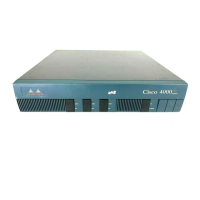
